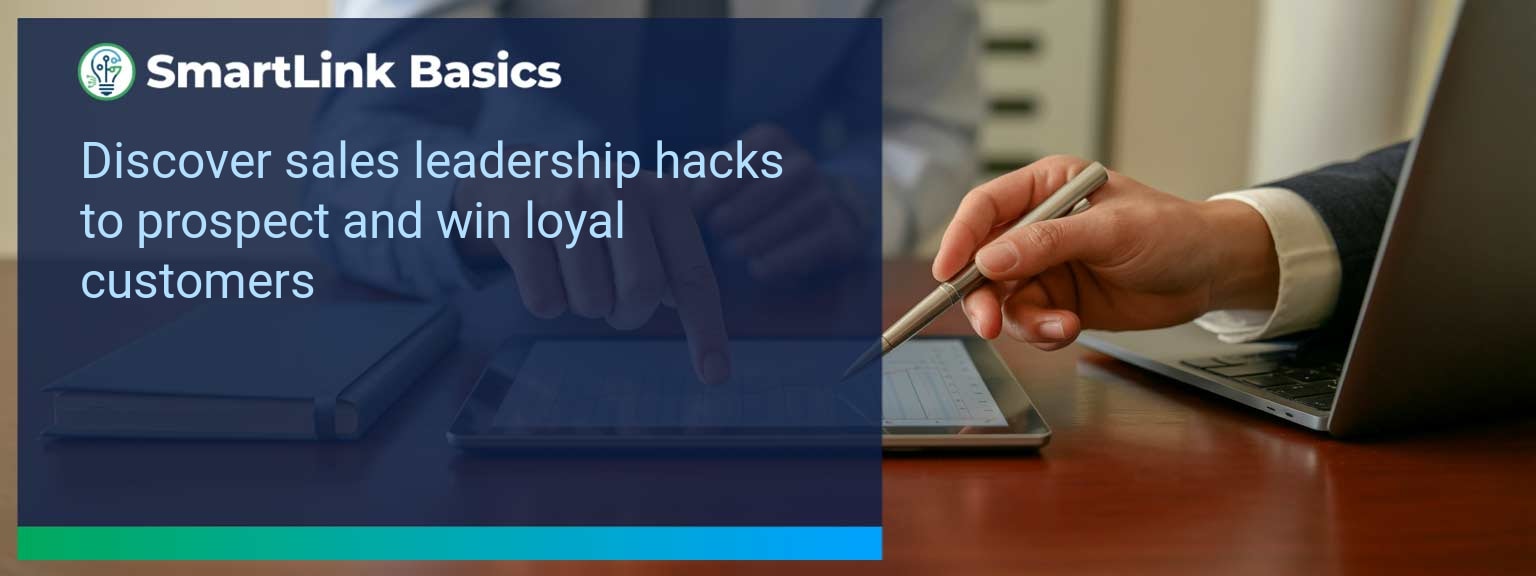Industry data shows that organizations adopting AI-driven automation achieve cost reductions of up to 30% while accelerating sales cycles by 20% or more (McKinsey, 2024). For sales leaders, AI automated workflows now define competitive advantage, enabling teams to reallocate time from repetitive tasks to high-value engagements. At SmartLink Basics, we help decision-makers implement these systems strategically, ensuring they integrate with existing revenue operations. In this article, you’ll see how AI automated workflows power business outcomes, the common obstacles that slow adoption, and practical steps to optimize processes. You’ll walk away with proven examples, a 90-day action blueprint, and measurable KPIs to track results.
- Automate repetitive administrative and CRM updates with AI.
- Integrate machine learning to personalize outreach at scale.
- Streamline approvals, quotes, and contract workflows for speed.
- Use predictive analytics to prioritize sales opportunities.
- Track adoption and performance with targeted metrics.
AI Automated Workflows: What Changed and Why It Matters
AI adoption has shifted from experimental to operational, making automated workflows a standard in high-performing sales organizations. The real advantage lies in combining workflow automation with artificial intelligence workflows to optimize every step of the revenue process. Sales leaders now use AI to synchronize touchpoints, reduce manual inputs, and ensure faster execution. For example, a B2B SaaS leader introduced automated lead enrichment and routing, cutting qualification time by 60%. Actionable insight: Audit processes for time-intensive handoffs and apply AI where repeatability is high.Redesign the Revenue Operating System With AI Automated Workflows
ICP, Segmentation, and Targeting AI-enabled segmentation uses historical wins, firmographic, and behavioral data to dynamically update ICP profiles. This ensures targeting precision without quarterly re-work. Pipeline Architecture Automated workflows push opportunities through the right stages based on engagement signals. AI flags at-risk deals for intervention. Plays and Messaging Integrated automation tools deliver personalized sequences based on buyer activity, increasing relevance at every touchpoint. Operating Cadence AI schedules follow-ups, forecast calls, and account reviews based on actual pipeline movement rather than static calendars. Actionable insight: Implement automation that adapts in real-time to both internal and buyer-driven events.Common Obstacles To Achieving Seamless Automation
The most frequent challenges are fragmented systems, inconsistent data quality, and cultural resistance. Without a unified data layer, automation amplifies errors rather than solving them. Coca-Cola Europacific Partners reported needing a full data governance upgrade before AI could improve sales workflows. Leaders must first assess infrastructure readiness and train teams to trust AI-influenced recommendations. Actionable insight: Before deployment, establish clean data practices and a single source of truth.Implementing AI To Optimize Workflows
Effective deployment of AI process optimization starts with mapping current-state processes, identifying friction points, and matching them with automation tools. For example, automating proposal generation based on CRM opportunity data can reduce turnaround from three days to one hour. Solutions combining business process automation platforms with machine learning integration enable continuous performance improvement. Actionable insight: Pilot in one high-impact stage, measure, and then expand.Tangible Benefits From Automated Processes
The benefits extend beyond time savings — sales leaders gain a scalable system. Tangible outcomes include faster quote-to-close, higher lead conversion, and better forecast accuracy. A manufacturing firm implemented AI-assisted order processing and cut errors by 40%, improving on-time delivery rates. Actionable insight: Track both speed and accuracy to measure workflow automation effectiveness.Metrics That Matter
| Category | Metric | Definition | Target |
|---|---|---|---|
| Leading | Workflow Completion Rate | % of automated sequences executed without manual intervention | 95%+ |
| Leading | AI Suggestion Adoption Rate | % of AI-generated action recommendations executed by reps | 80%+ |
| Lagging | Cycle Time Reduction | Decrease in time from lead entry to closed-won | 20%+ |
| Lagging | Revenue Per Rep | Average sales revenue generated per sales rep per quarter | +15% YoY |
| Quality | Automation Error Rate | % of workflows that trigger incorrect outcomes | <1% |
| Quality | Customer Satisfaction Post-Automation | Average CSAT score after automation implementation | ≥ 4.5/5 |
Innovations And Next Steps For AI Automation
Emerging capabilities like AI-generated playbooks, intent-driven dynamic routing, and integrated AR for virtual product demos are shaping the next wave of sales automation. Companies integrating these tools early will outpace competitors in speed and personalization. Actionable insight: Stay ahead by testing emerging automation features quarterly and aligning them with evolving buyer expectations.Get the 90-day plan, coaching rubric, and dashboard template to operationalize AI in your enablement program.
Turning AI Automation Into a Revenue Multiplier
AI automated workflows are now a strategic lever for predictable, scalable growth. This guide outlined current applications, adoption challenges, a 90-day execution plan, and measurable success criteria. To make automation pay off, sales leaders should integrate tools into one cohesive operating system and review results monthly for continuous improvement. Access more AI-driven sales enablement resources from SmartLink Basics to design a high-performance automation strategy. Strong sales leadership is the difference between a team that struggles to hit quota and one that consistently converts high-quality leads into revenue. At SmartLink Basics, we’ve worked with leadership teams that transformed their pipeline health by refining how they identify, approach, and nurture prospects. The modern buyer is more selective and better informed, requiring leaders to drive precision in every stage of prospecting. This article outlines 10 proven prospecting strategies that sales leaders can implement immediately to boost lead quality and win rates. You’ll gain actionable sales management tips, learn how to align your sales team leadership with effective sales strategies, and uncover methods to inspire stronger performance.- Define and refine your Ideal Customer Profile (ICP)
- Use multi-channel outreach with personalized messaging
- Embed data-driven lead scoring into your CRM process
- Establish a consistent daily prospecting cadence
- Leverage leadership skills in sales for pipeline coaching
Common Roadblocks In Lead Generation
Many sales teams fall victim to vague targeting, resulting in bloated pipelines filled with unqualified leads. Poor message relevance compounds the issue, draining time from genuine opportunities. Another common obstacle is the lack of coordination between marketing and sales, which creates gaps in handoffs and weakens lead follow-through. For example, a tech solutions firm lost months chasing inbound leads that did not match its purchasing committee profile due to unclear ICP guidelines. Top sales leadership requires breaking these bottlenecks through precision targeting, disciplined follow-up, and cross-functional alignment. Addressing these barriers early ensures that sales performance improvement is sustainable.Proven Strategies To Boost Lead Quality
Sales leaders must ensure targeting accuracy, messaging relevance, and process discipline. Streamline lead scoring by weighting factors such as budget authority, purchase timing, and engagement level. Example: A SaaS firm boosted conversion rates by integrating behavioral triggers from web analytics into outreach plans. High-intent signals were prioritized, reducing time wasted on low-fit prospects. Among the most effective sales strategies is aligning prospecting plays with the team’s operating cadence. Leadership should also provide coaching that ensures plays are executed consistently. Implementing multi-step outreach sequences — such as a tailored email series followed by direct calls — significantly increases response rates.Tangible Benefits Of Strong Sales Leadership
Strong leadership skills in sales not only improve individual performance but elevate the entire revenue engine. When prospecting systems are disciplined and data-backed, pipeline accuracy improves, forecast reliability increases, and sales motivation techniques resonate more effectively. Example: A manufacturing sales team introduced a weekly “lead review” session. Sales team leadership guided reps in refining pitch angles based on buyer responses, leading to a 17% improvement in close rates within a quarter. This hands-on coaching fosters accountability and boosts morale.Evolving Prospecting Methods For Greater Impact
Prospecting methods are becoming more predictive and insights-driven. Advanced CRMs now integrate third-party data to signal readiness-to-buy. Video prospecting, intent data alerts, and LinkedIn Sales Navigator targeting are proving more effective when guided by sharp sales management tips. Sales leadership should continuously test and adapt outreach models, measuring the impact of every iteration. A culture of experimentation — supported by sales growth strategies — ensures competitive advantage.Metrics That Matter
| Category | Metric | Definition | Target |
|---|---|---|---|
| Leading | Outbound touch volume per rep | Total prospecting activities completed weekly | 75–100 |
| Leading | Qualified lead ratio | % of leads meeting ICP criteria | 70%+ |
| Lagging | Conversion rate | % of leads that become paying customers | 20%+ |
| Quality | Pipeline stage velocity | Average days leads spend in each stage | Under 14 days |
Get the 90-day plan, coaching rubric, and dashboard template to operationalize AI in your enablement program.









